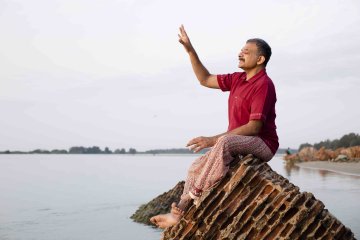
The search for
ultimate meaning is a thread that runs through every culture, however wedded it
may be to the practical and tangible. Gold and empire are greatly prized but
always there are individuals who look for something else. The Mughal emperor
Akbar’s inward journey was both long and arduous. Even the Material Girl has
her own special space for the spiritual.
But nowhere is it
better exemplified than in the pilgrim’s quest. When the devotee sets out, like
Kim’s Lama in search
Continue reading “Pilgrims,places and the abodes of gods”
Read this story with a subscription.





